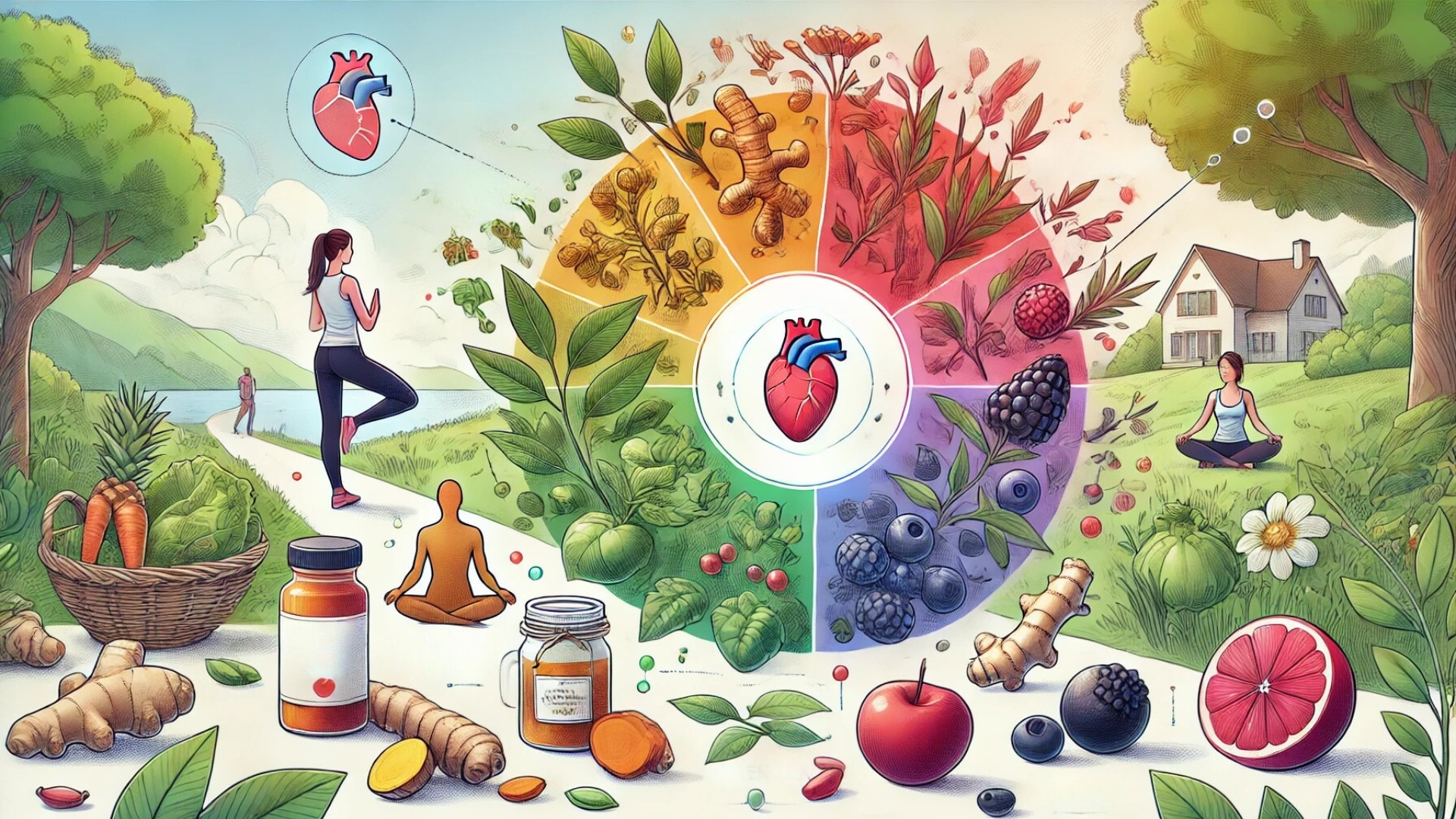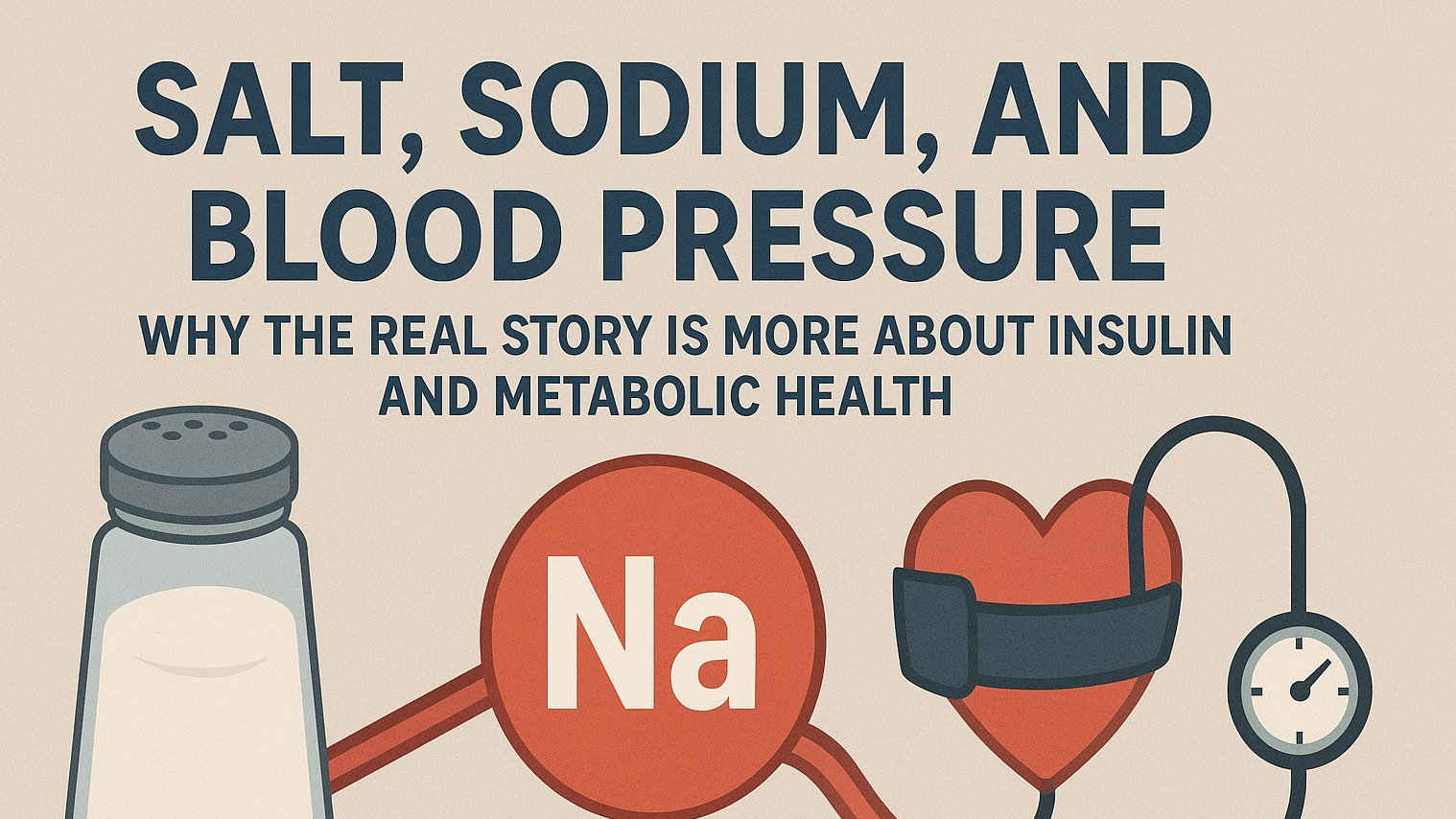
Chronic inflammation is closely linked to an array of health issues, including heart disease, diabetes, arthritis, and cognitive decline. Fortunately, research supports that incorporating anti-inflammatory foods, herbs, and lifestyle practices can mitigate these risks. Here’s an expanded guide to scientifically-backed anti-inflammatory choices, now with detailed insights into the benefits of piperine, an active compound found in black pepper.
Top Anti-Inflammatory Foods and Herbs
1. Turmeric
Curcumin, the primary active compound in turmeric, has well-documented anti-inflammatory properties. A double-blind study published in Phytotherapy Research demonstrated significant pain relief and improved joint function in arthritis patients who took curcumin compared to a placebo group. Turmeric's effects are amplified when combined with black pepper, as piperine in black pepper enhances curcumin's bioavailability.
2. Ginger
Rich in bioactive compounds like gingerols and shogaols, ginger has been shown to reduce inflammation. A double-blind study in Arthritis & Rheumatism confirmed that ginger extract significantly reduced pain and stiffness in osteoarthritis patients. Additionally, it helps lower levels of C-reactive protein (CRP), an inflammation marker, making it a valuable ingredient in teas, stir-fries, and juices.
3. Black Pepper and Piperine
Piperine, the active compound in black pepper, has gained attention for its multifaceted health benefits:
Improved Nutrient Absorption: Piperine has been shown to enhance the bioavailability of various nutrients, including curcumin, vitamin B6, and selenium, by increasing the activity of enzymes and transport proteins in the intestines. For instance, pairing turmeric with black pepper boosts curcumin absorption up to 20-fold.
Antioxidant and Anti-Inflammatory Effects: Piperine exhibits antioxidant properties, which protect cells from oxidative stress, and anti-inflammatory properties, reducing inflammatory markers in the body. In animal studies, piperine reduced inflammation and oxidative stress, supporting its inclusion in an anti-inflammatory diet.
Cognitive Function: Piperine may stimulate neurotransmitter release and protect brain cells from oxidative damage, enhancing cognitive function. Research indicates that piperine may improve memory and support brain health, although more human studies are needed to confirm these effects.
Digestive Support: Piperine promotes gastric acid secretion and pancreatic enzyme production, aiding digestion and reducing bloating and gas. Studies suggest it can ease symptoms of indigestion by supporting gut motility and digestion.
Weight Management: Some research indicates that piperine may help regulate body weight by increasing metabolism and reducing fat accumulation. While more studies are needed in humans, animal studies suggest piperine may prevent fat storage and promote a healthy metabolic rate.
Other Potential Benefits: Preliminary studies suggest piperine might aid in pain relief, cancer prevention, and blood sugar regulation, although further research is needed to validate these potential benefits.
4. Omega-3 Fatty Acids
Omega-3s, abundant in fatty fish and flaxseeds, combat inflammation by modulating inflammatory pathways. A double-blind study in The Journal of Nutrition showed that omega-3 supplementation decreased inflammatory cytokines in rheumatoid arthritis patients.
Here are 3 I like depending on your budget: Carlson Superior Omega 3 EPA DHA DPA Carlson - The Very Finest Fish Oil, 1600 mg Omega-3s, Liquid Fish Oil Supplement, Norwegian Fish Oil, Wild-Caught, Sustainably Sourced Fish Oil Liquid, Lemon, 200ml, 6.7 Fl Oz
Nordic Naturals - Omega-3 Lemon Flavor 8 oz - Nordic Naturals - Omega-3, Lemon Flavor - 8 oz - 1560 mg Omega-3 - Fish Oil - EPA & DHA - Immune Support, Brain & Heart Health, Optimal Wellness - Non-GMO - 48 Servings
Omega 3 Fish Oil - Zinzino Balance Oil+ - is an all-natural Polyphenol Omega Balance food supplement high in olive polyphenols, Omega-3 and Vitamin D3. It safely adjusts and maintains EPA + DHA levels and the Omega-6:3 Balance in your body while protecting your cells from oxidation.
5. Berries
Berries like blueberries, strawberries, and raspberries contain polyphenols, which reduce oxidative stress and inflammation. A double-blind study published in Nutrients found berry polyphenols significantly lowered inflammation markers in adults with obesity.
6. Leafy Greens
Leafy greens like spinach, kale, and Swiss chard are rich in carotenoids and flavonoids. Higher intake of these greens has been associated with reduced CRP levels, a common inflammatory marker.
7. Whole Grains
Whole grains, such as quinoa and oats, offer fiber that supports gut health and reduces inflammation. Studies indicate that replacing refined grains with whole grains lowers CRP levels and inflammation-linked conditions like cardiovascular disease.
8. Nuts & Seeds
Almonds, walnuts, chia seeds, and flaxseeds offer healthy fats and antioxidants. Regular consumption of nuts has been linked to a reduction in inflammatory markers and benefits from alpha-linolenic acid, an omega-3 fatty acid.
9. Green Tea
Green tea contains EGCG, a polyphenol with anti-inflammatory effects. A study in The Journal of Clinical Investigation demonstrated that EGCG reduces inflammatory markers, supporting cardiovascular and brain health.
Lifestyle Practices to Lower Inflammation
1. Stretching
A double-blind study in The Journal of Strength and Conditioning Research showed that daily stretching lowers inflammation post-exercise. Including stretching in a daily routine helps reduce muscle soreness and inflammation.
2. Walking
Walking for 30 minutes daily enhances cardiovascular health and reduces CRP levels. A study in Medicine & Science in Sports & Exercise showed that moderate physical activity effectively lowers inflammatory markers.
3. Yoga & Meditation
Yoga and meditation reduce stress, a major contributor to inflammation. A study in Psychosomatic Medicine found that mindfulness meditation lowered IL-6 levels in individuals under stress.
Dosage and Safety Considerations for Piperine
The recommended dosage of piperine varies by intended use and individual needs. It is generally safe when consumed in moderate amounts from dietary sources, like black pepper. However, high doses or piperine supplements may cause side effects, such as nausea, vomiting, and digestive discomfort. Piperine can also interact with certain medications by altering drug metabolism, so consulting a healthcare professional before use is recommended.
Conclusion
Adding these scientifically supported anti-inflammatory foods, herbs, and lifestyle habits to your daily routine can provide natural ways to reduce inflammation. Through nutrient-dense choices like turmeric, black pepper, and omega-3-rich foods, combined with consistent movement and stress management, you can support your health, manage chronic inflammation, and improve overall vitality.
 Add Row
Add Row  Add
Add 










Write A Comment